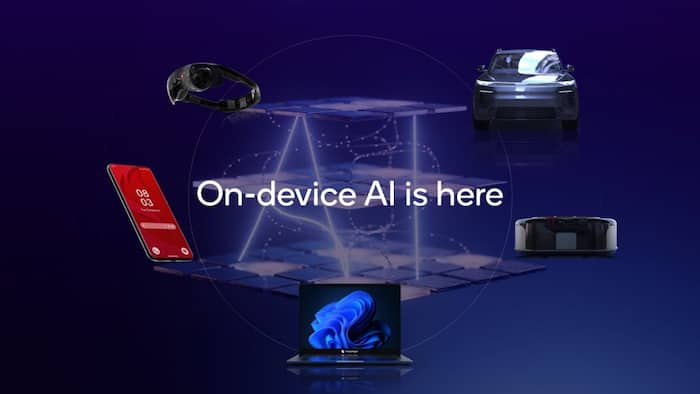
Written By Shweta Ganjoo
Published By: Shweta Ganjoo | Published: Feb 26, 2024, 08:27 PM (IST)


Qualcomm, on the sidelines of the Mobile World Congress (MWC) 2024, announced its plans of bringing generative AI directly to Android devices and Windows PCs. Qualcomm’s plans not only include the launch of the Qualcomm AI Hub but also the demonstration of a large language models that run directly on device to provide various features and functionalities. Also Read: 3rd-Gen Qualcomm Oryon CPU Explained: The Key Upgrades You Should Know
“With Snapdragon 8 Gen 3 for smartphones and Snapdragon X Elite for PCs, we sparked commercialization of on-device AI at scale. Now with the Qualcomm AI Hub, we will empower developers to fully harness the potential of these cutting-edge technologies and create captivating AI-enabled apps,” said Durga Malladi, senior vice president and general manager, technology planning and edge solutions, Qualcomm Technologies. Also Read: Jio Makes Gemini 3 AI Free For All Unlimited 5G Users Across India: Here’s How To Claim
— First, the chipmaker launched the Qualcomm AI Hub that contains a library of pre-optimised AI models for deployment on devices powered by Snapdragon and Qualcomm platforms. Qualcomm says that this library provides developers with more than 75 popular AI and generative AI models, such as Whisper, ControlNet, Stable Diffusion, and Baichuan 7B, which are optimised for on-device AI performance, lower memory utilisation, and better power efficiency, across different form factors. Also Read: Google’s New AI Travel Tools Can Now Create Itineraries, Spot Flight Deals, And Even Make Booking: Here's How
Essentially, Qualcomm AI Hub will enable developers to make apps that provide on-device generative AI-based features. For understanding, there could be a tool that uses voice commands to generate a video.
— Second, the company announced the demonstration of Large Language and Vision Assistant (LLaVA), a seven billion parameter large multimodal model (LMM) that can accept multiple types of data inputs, including text and images, and generate multi-turn conversations with an AI assistant about an image on an Android smartphone.
— Qualcomm also demoed Low Rank Adaptation (LoRA) on an Android smartphone. Using LoRA, users can create high-quality custom images based on personal or artistic preferences. The company says that LoRA is broadly applicable for customised AI models, such as LLMs,to create tailored personal assistants, improved language translation, and more.
— Apart from this, Qualcomm also demonstrated an LLM that can accept text and audio inputs, such as music, sound of traffic, and then generate multi-turn conversations about the audio on a Windows PC.